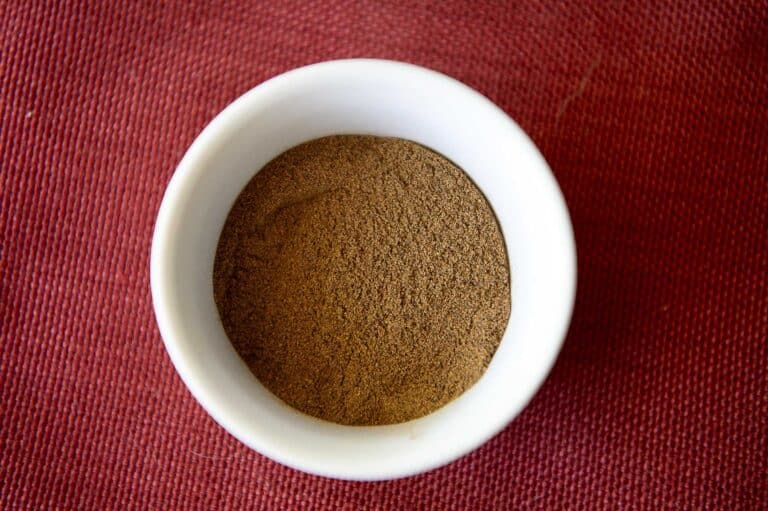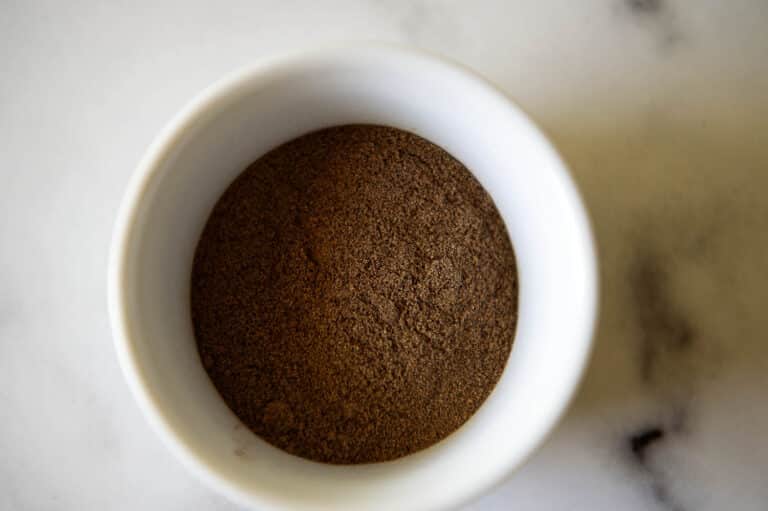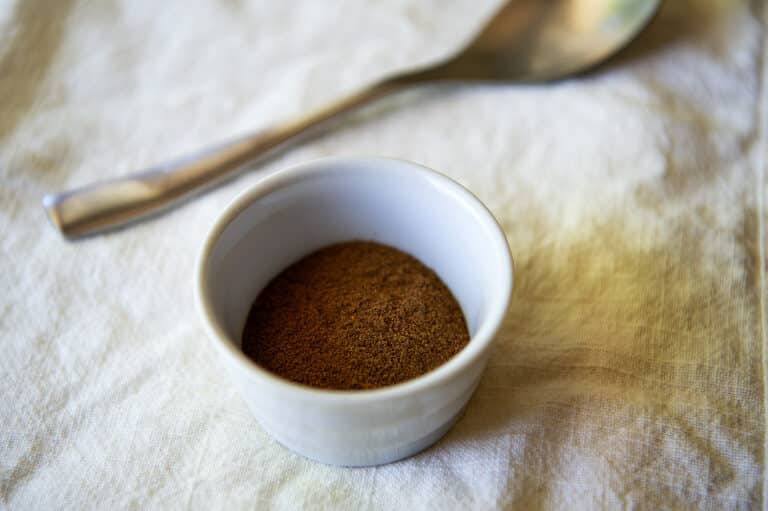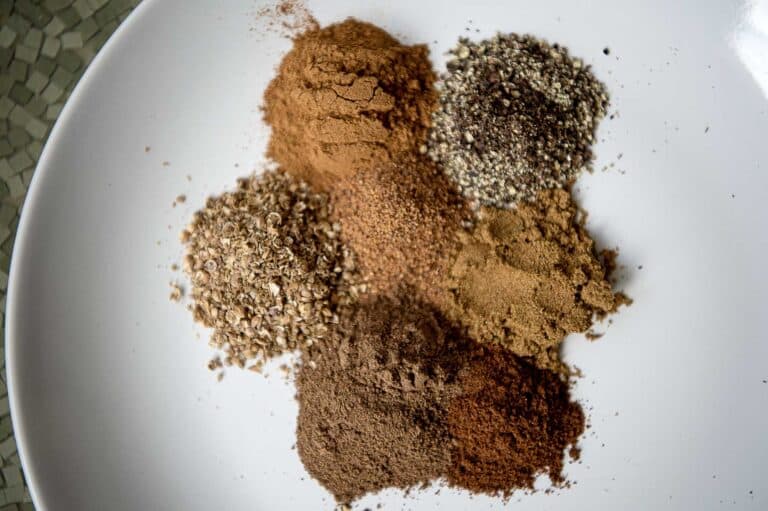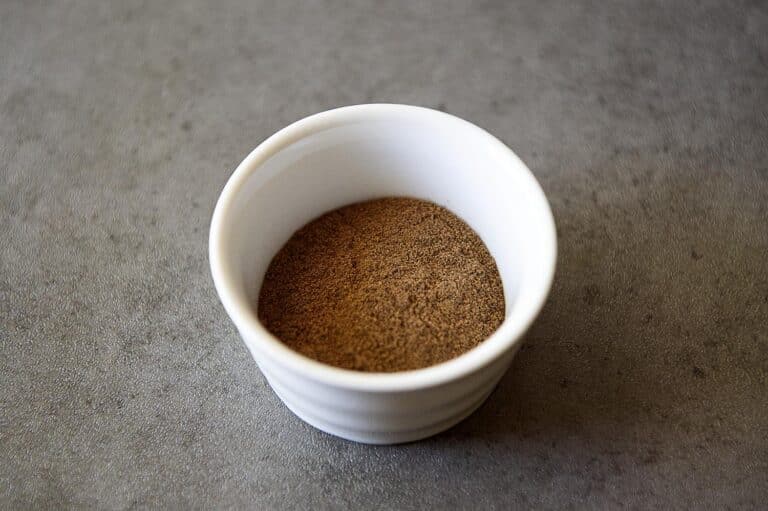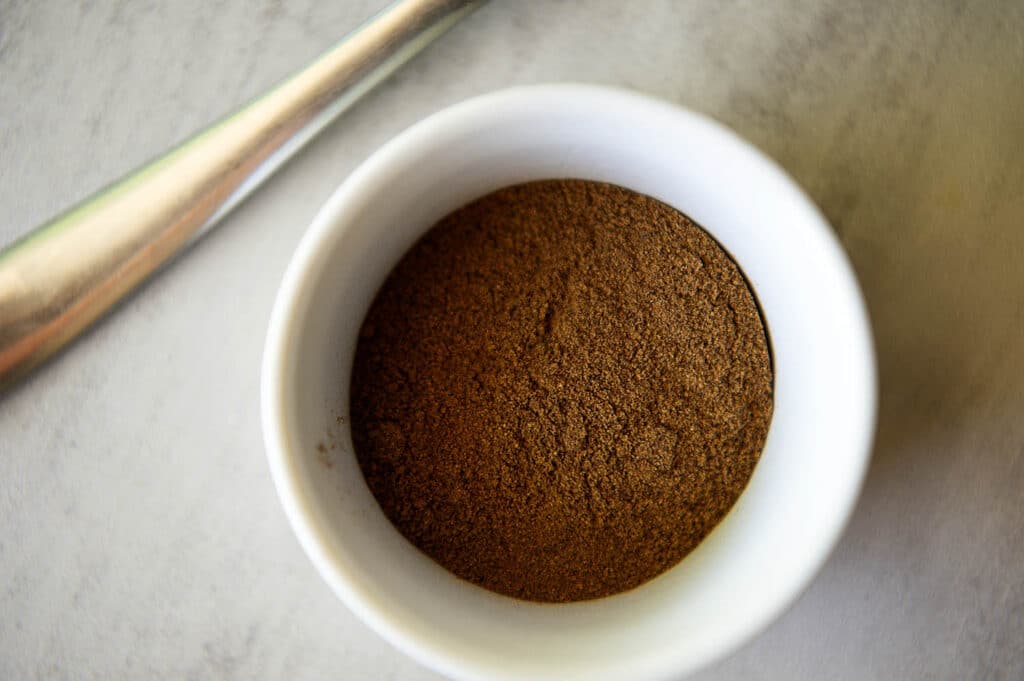
Allspice (Pimenta dioica)
Allspice, also known as Jamaican pepper, is derived from the dried berries of the Pimenta dioica tree, which is native to the Greater Antilles, southern Mexico, and Central America. This spice is called “allspice” because its flavor suggests a blend of clove, cinnamon, and nutmeg.
- Scientific name: Pimenta dioica
- Family: Myrtaceae
- Genus: Pimenta
- Kingdom: Plantae
- Order: Myrtales
History
Allspice was first encountered by Christopher Columbus during his second voyage to the New World, where he initially mistook it for black pepper, hence the name “Jamaican pepper.” The spice quickly became popular in European and Mediterranean cuisines, particularly for flavoring meats and pickles. In the regions where it is grown, allspice has been used not just in cooking but also in traditional medicine and as a part of spiritual practices.
Benefits
Allspice is more than just a flavorful kitchen spice. It boasts a variety of health benefits, including:
- Antimicrobial: Allspice has shown effectiveness against bacteria and fungi, suggesting its potential in treating and preventing infections.
- Antioxidant properties: Allspice contains eugenol, a compound with antioxidant properties, which helps in reducing oxidative stress in the body.
- Digestive aid: Traditionally, allspice has been used to improve digestion and relieve problems like bloating and gas.
- Anti-inflammatory: The eugenol in allspice also has anti-inflammatory properties, which can help in reducing pain and swelling, particularly in conditions like arthritis.
Substitutes
While allspice has a unique flavor, in a pinch, you can substitute it with a mix of other spices. A combination of ground cloves, cinnamon, and nutmeg can mimic the flavor of allspice in many recipes. Use equal parts of these three spices to create a substitute that closely matches the intended taste profile.

